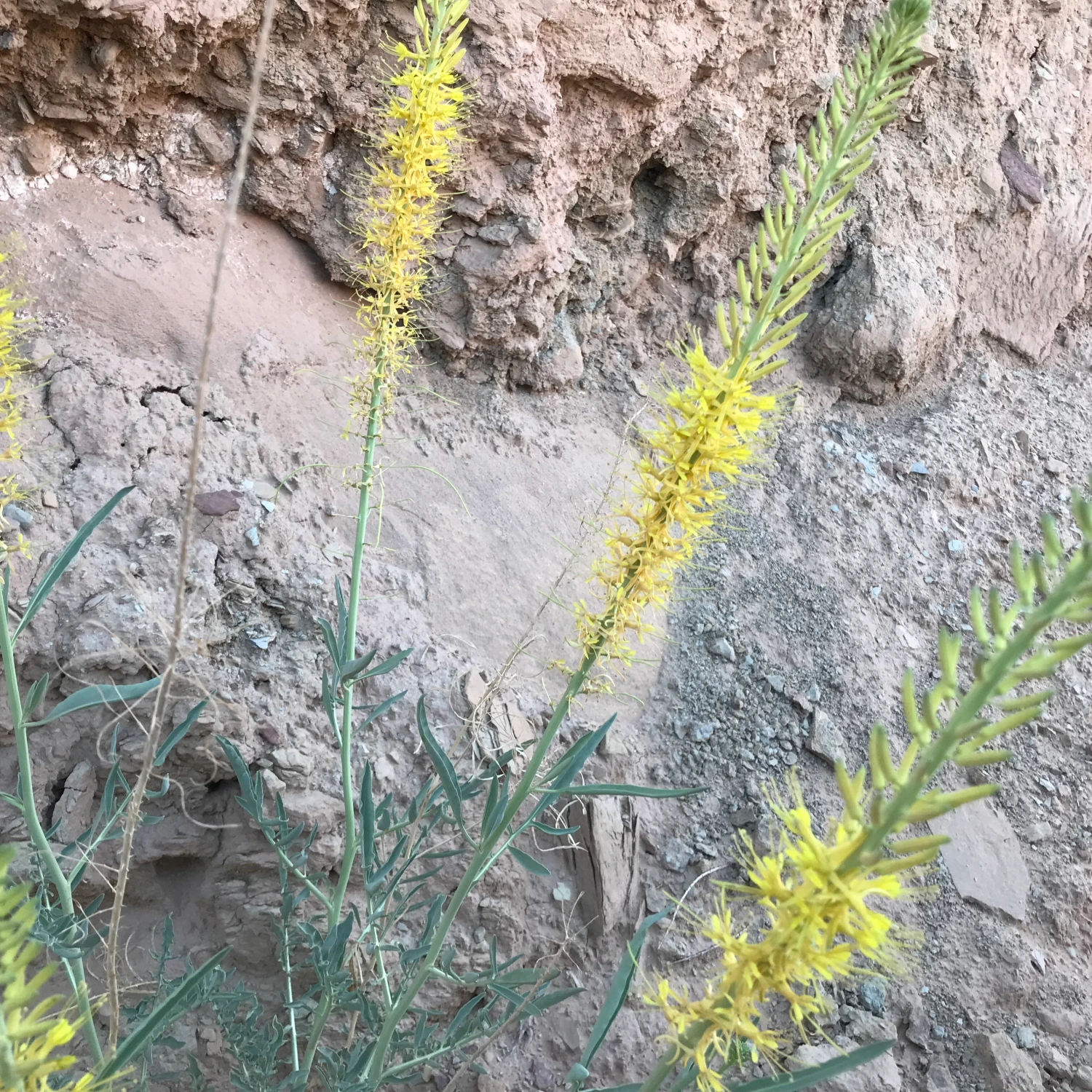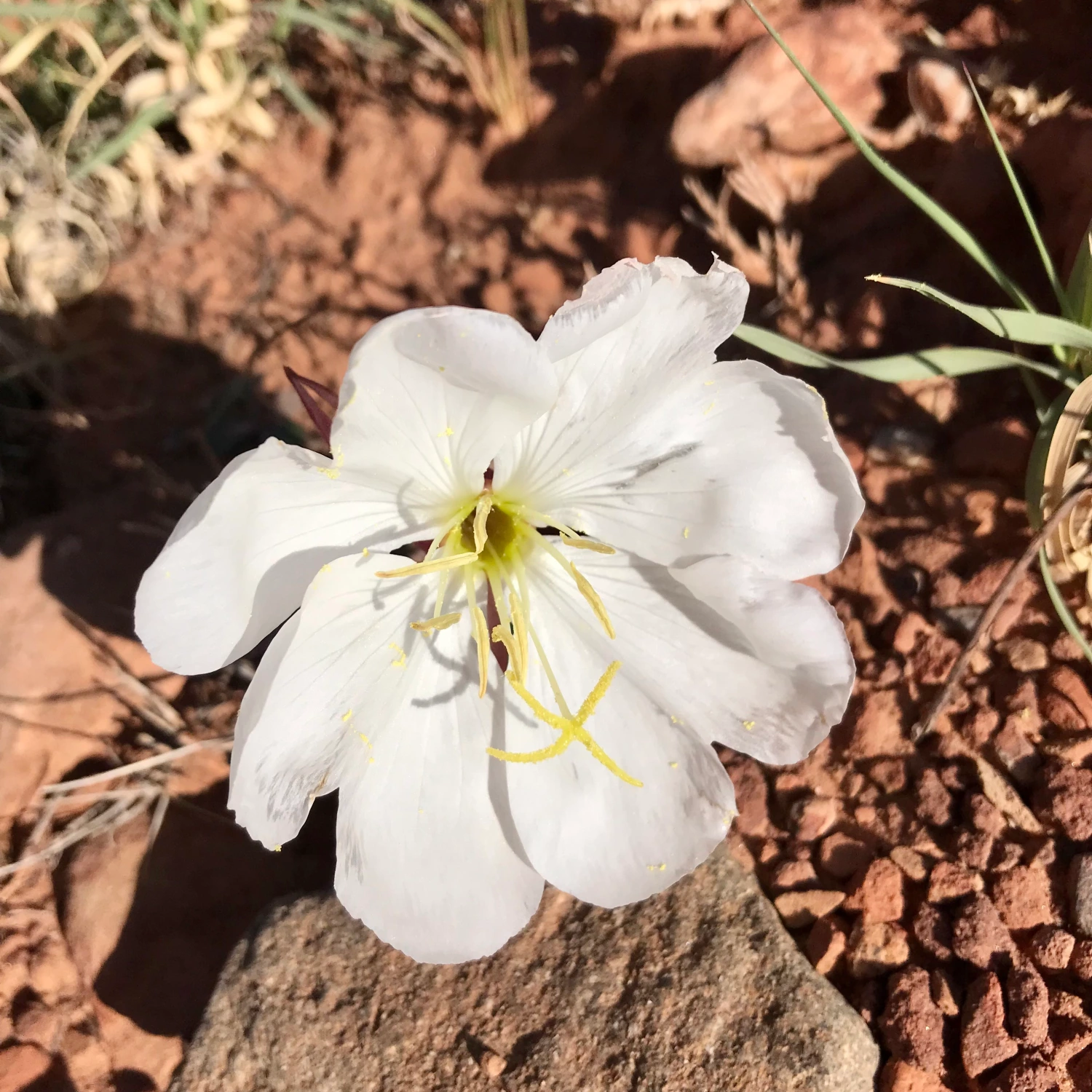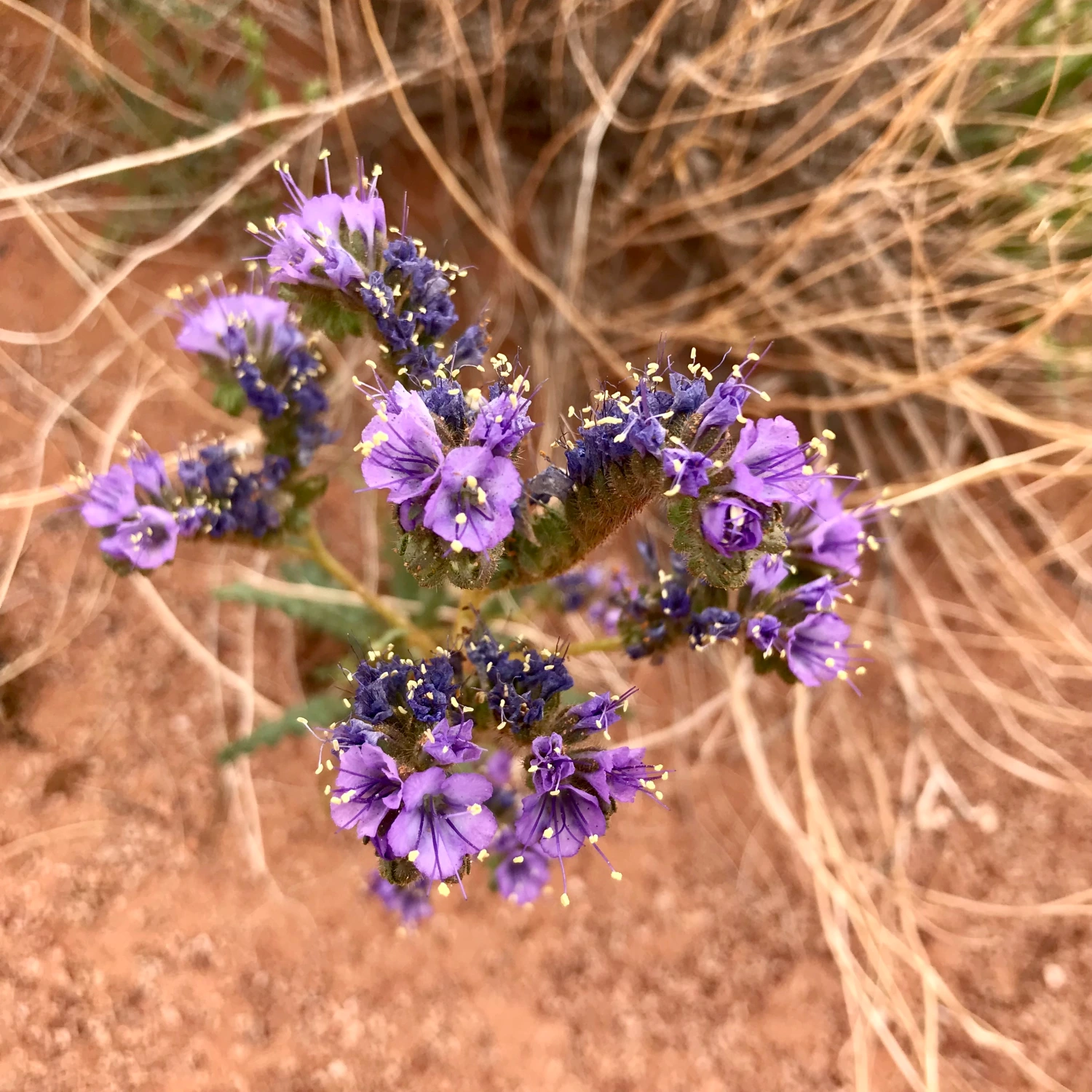Thursday afternoon found me squatting barefoot on the roof of the car with a gas can and a piece of rope. Yesterday permits had magically opened up for a weekend campsite on the White Rim Trail in Canyonlands National Park, and we were leaving tomorrow, and I was determined that if disaster were to fall, it sure wouldn’t be because we didn’t have enough gas.

The White Rim Trail is an Iconic off-road route that loops one hundred miles around the Island in the Sky district of Canyonlands. It offers remote solitude and some of the most breathtaking scenery the Southwest has to offer. The nearby town of Moab is a Mecca for jeepers and mountain bikers, and the White Rim is a pilgrimage of its own. People travel from around the country to complete the circuit on four wheels or two.
On Friday I hurried through my tasks at work, checking my watch at regular intervals. Finally I found a chance to make my escape. I tried hard to keep myself from speeding on the drive home. When I pulled into the driveway, my wife, Bobbi, was already back from her work and had packed the last of the perishable food items into the cooler. We quickly loaded the cooler and last of our camping gear into the back of Goldilocks (the car), locked up the house, and hit the road for the three-and-a-half hour drive.
We’d made this drive four times in the past year; it seems there is always something calling us back to the rocky deserts of southeastern Utah. The hidden canyons and vast expanses give us a chance to escape the noise of the city and to reconnect with ourselves, each other, and the earth.
We arrived at the Mineral Bottom Road—the start of our White Rim circuit and the point where we leave pavement—after dark and find a space between junipers to settle in for the night. As I stepped outside to brush my teeth, I looked up at the sky and remembered what the night sky is supposed to look like. We live in a light polluted area, and it is easy to forget about the stars. You don’t forget them here. Standing in the middle of this quiet desert with the stars not only overhead, but around, behind, and below, it is easy to feel the smallness of Earth. It is easy to recognize that this massive ball of rock we live on is really just a tiny dot floating among the stars. That night sky that seems small and far away in the city makes it’s vastness known here.
The next day we woke with the sunrise and begin the more than one thousand-foot descent to the White Rim. The dirt road dropped rapidly, following deep switchbacks carved into the red rock cliffs. We quickly found ourselves nearing the bottom and the banks of the Green River. As we turned left to begin following the river, we were amazed at the abundance of wildflowers. During much of the year this region is arid and sun-baked, but now everything seemed to be green, alive, and growing. The flowers would be with us the entire route, and we stopped frequently to notice new varieties as we traversed the White Rim.



The day brought with it a variety of challenges. We navigated sandy washes and bounced over rocks that had us gritting our teeth and praying we wouldn’t break our vehicle. In the morning we took a spur road up Taylor Canyon and stopped for a short hike to massive stone spires called Moses and Zeus. The views as we walked were breathtaking, but my enjoyment was cut short when I patted my pocket and realized I didn’t have the keys. Bobbi didn’t either.
We completed the hike up to the feet of Moses and turned around. The entire hike back to the car my eyes were down, scanning the trail and surrounding rocks for a glint of steel. I can definitively say that there’s nothing more distracting from a beautiful hike than worrying about whether you’ll have a way out. My mind ran through one scenario after another, weighing options of what we could do if we didn’t find the keys.
We got back to Goldilocks and I began searching in the cupholders and under the seats. Bobbi suggested checking the ignition, and, of course, that’s where they are. We shared a relieved laugh and took our seats to continue back to the rim.
We continued driving along the bank of the Green River, continually amazed by the greenery of this desert. We soon began climbing, and the road narrowed as it followed a contour between different layers in the cliff. We stopped at the top of Hardscrabble Hill where we had a panoramic view of the looping Green River.
As we rested and ate lunch, a staggered-out group of a dozen or so mountain bikers rode past us from the opposite direction. I noted with interest that most of them looked to be retirees. When I’m in my sixties I sure hope to be tackling challenges like this. They rode by in groups of twos and threes, and then when the last one had passed us, a massive diesel F350—loaded with gear and labeled with a cycling adventure company logo—lumbered down the trail behind them. We would see several more groups like this over the next two days.

After lunch and naps, we hiked out to view the Fort Bottom Ruin. The trail runs the length of a peninsula formed by a deep bend in the river, and the red and white crumbled rock made it feel like walking on an alien landscape. The trail ended at an old roofless log cabin, though I found out later we missed the turnoff to the actual stone ruins. As we return to Goldilocks, I almost regret that we’ll have to stop walking and get back in the car.
The White Rim Trail has two main challenging sections that are mentioned in most descriptions and trip reports: Hardscrabble Hill and Murphy Hogback. Both are steep climbs and descents with plenty of loose rock, and they can become impassable in wet conditions. I had worried about these two obstacles, but we descended Hardscrabble without issue. The remainder of the trail is mostly flat, but very rocky and bumpy We found those flatter sections of driving tedious, as there was never a chance to relax our attention from the rocks underneath. We took frequent breaks to stretch out our legs and backs. I felt like my core was engaged all day just keeping myself upright in the bouncing car.
After several more hours of driving, we came to the conclusion that we prefer hiking as a mode of travel in the backcountry. Some of the more technical driving was fun, and I can’t lie that it’s nice to have AC, power, and a cooler full of food, but it is undeniable that you can experience more on foot than in a glass and steel box. I miss feeling the dirt underfoot and the sun on my shoulders, not to mention being able to relax and not worry about destroying your car. Even so, we were glad that Goldilocks provided a way for us to get out here and see this place in the time we had available.
We periodically passed groups of mountain bikes or vehicles, but we also drove for hours without seeing anyone. It was easy to get caught up in the sheer massiveness of the landscape around us.

It was around six in the evening when we climbed up the back of Murphy Hogback and arrive at our campsite, Murphy C. The site sits at the edge of a cliff with three-sixty views of the dramatic landscape and a very well placed pit toilet. We joked that Canyonlands National Park should start a marketing campaign to advertise their scenic toilet locations.
One truck passed as we set up camp, and then we were alone. We enjoyed a hearty meal of black bean burgers. We soaked up the last rays of sunlight. We practiced yoga at the rim of the cliff, surrounded by the quiet rock. We talked. We stood still and marveled in the beauty of this place.

I found myself holding my breath, trying to listen for something. The silence was difficult to process. We’d come from a place where the sounds of household appliances and outside traffic create a constant background hum, and here that was totally gone. A raven glided over our heads, and we could hear the soft rush of it’s wings through the still air.
I was reminded again of the many negative effects our modern technological lifestyle has on humans. The silence felt cleansing, as if by cutting out the incessant frequencies of everyday life, we were able to shed some of its weight. I believe there is a true correlation between noise pollution and sleep quality. That was one of the best nights of sleep I’ve had in my life. We were tired from the long, bumpy day, and I slept straight through until sunrise.

We started early the next morning, following the sun eastward. The White Rim never ceased to amaze us. We crawled up narrow rocky shelves and rolled cautiously along cliff edges.
It seemed we had gotten an earlier start than anyone else, because we drove for hours without seeing or hearing anyone on the road. For a time it seemed we were the only ones out here with the wildflowers and the rising sun. We stopped frequently to listen to the silence of the desert, and to watch a group of bighorn sheep grazing on the brush.
The morning passed quickly, and finally we were driving up the Shafer Trail. The winding switchbacks up the cliff face were incredible, and a fitting climax to our adventure as we ascended back to the island in the sky.

This trip was very different from our usual adventures. Traveling in the backcountry by car instead of foot, sleeping in the car instead of the ground—it was a new way to experience a remote place like this. As we traversed the White Rim, I found myself wishing we could more often enjoy the silence that you can’t hear inside a motorized vehicle. I found myself wishing we could spend more time on our own feet, feeling the crunch of the dirt. I found myself wishing we were sleeping on the ground, with only thin mesh between us and the desert. It was impossible not to feel that we had brought a bit of civilization with us into the wilderness.
Still, we did touch the wilderness, even though traveling in a vehicle diluted the wildness of it. In the short two days we had available, that was the only way we were able to get out into this place. We still entered a world with few human fingerprints and left the pavement and noise behind, and I am better for it.